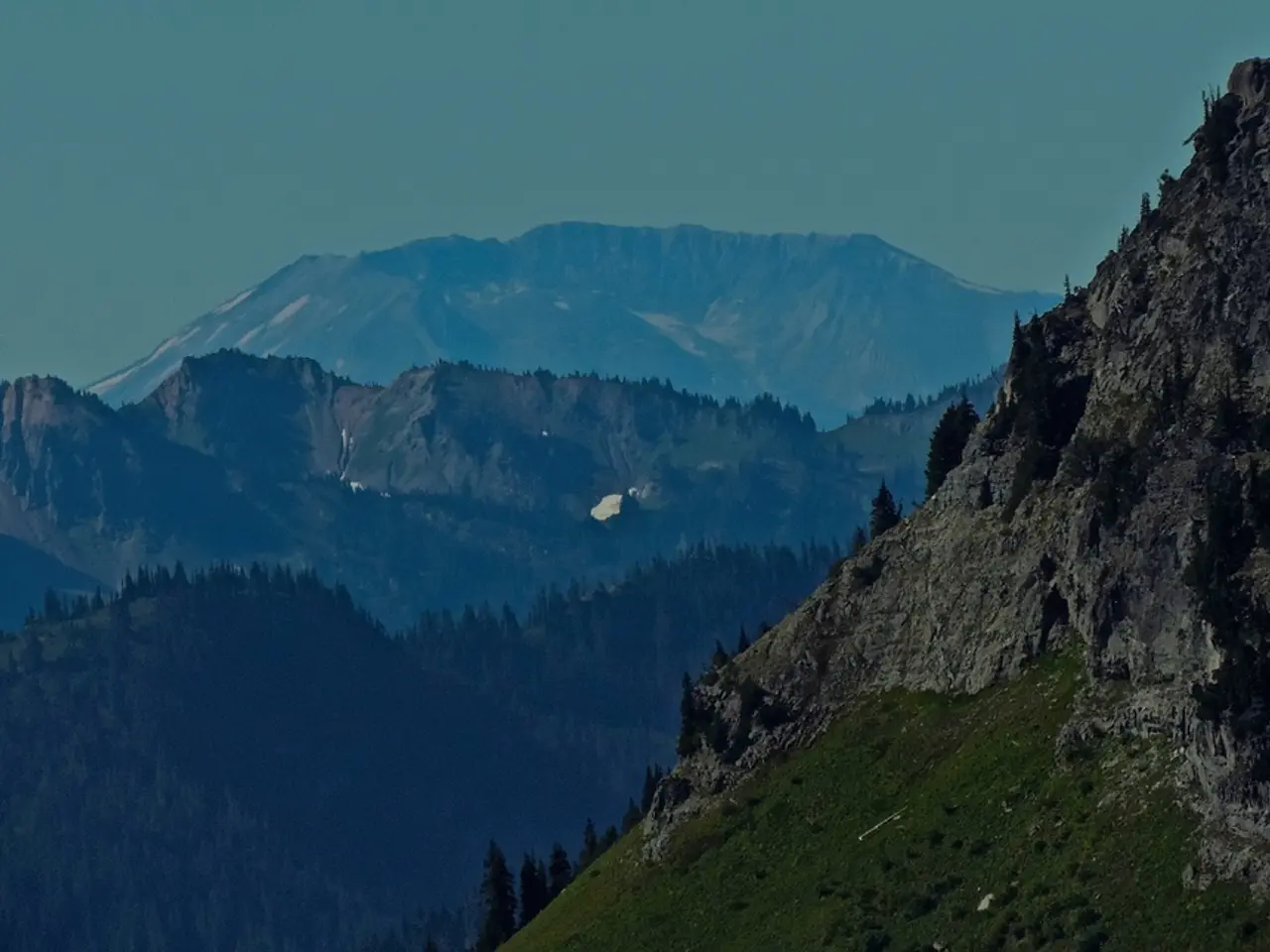Dangerous peaks across the globe are unrivaled in their hazardous nature - "The world's deadliest peaks": A rundown of the most perilous mountains globally
In the world of mountaineering, some peaks are more treacherous than others. According to the Himalayan Database and Statista, the most dangerous mountains in the world by fatality rate are Annapurna I, K2, Nanga Parbat, Kangchenjunga, and Mount Everest.
Annapurna I holds the unenviable title of the deadliest mountain to climb, with an approximate fatality rate of 40%. The danger lies in its technical terrain, frequent avalanches, seracs, crevasses, and limited accessibility for rescue support.
K2, known as the “Savage Mountain,” has a fatality rate estimated at about 25% or higher. Its steep faces, extreme weather conditions, and technical climbing difficulties contribute to this high rate of deaths.
Nanga Parbat and Kangchenjunga also pose significant risks due to fierce storms, technical difficulty, and hazardous climbing conditions. Exact fatality rates are less frequently cited, but their danger is undeniable.
Mount Everest, despite being the highest peak, has a comparatively lower fatality rate, approximately 4-5%. This is due to better-established routes, commercial expeditions, and more widespread rescue support. However, it still poses significant risks due to altitude sickness, avalanches, unpredictable weather, and overcrowding in the "Death Zone."
| Mountain | Approximate Fatality Rate | Key Danger Factors | |----------------|---------------------------|---------------------------------------------| | Annapurna I | ~40% | Avalanches, technical terrain, remoteness | | K2 | ~25% | Steep faces, severe weather | | Nanga Parbat | High (exact unclear) | Storms, technical challenge | | Kangchenjunga | High (exact unclear) | High altitude, difficult terrain | | Mount Everest | ~4-5% | Altitude sickness, avalanches, overcrowding |
The Laila Peak in the Pakistani Karakorum range, a challenging climb, has claimed the life of former biathlon star Laura Dahlmeier. Reinhold Messner, a mountaineering legend, warns of the high avalanche and storm risk associated with the Laila Peak.
While the Himalayas are notorious for their dangers, it's important to note that alpinism is not a harmless hobby. Dozens of climbers are injured each year, and the average fatality rate in the Himalayas is around 2.5 percent.
Interestingly, more climbers have lost their lives on the Matterhorn and Mont Blanc than on Mount Everest: 600 and between 5,000 and 6,000 respectively. This underscores the fact that even the most challenging peaks in the Alps can be as dangerous as those in the Himalayas.
In conclusion, while the allure of conquering the world's highest peaks is undeniable, the risks should not be underestimated. Proper preparation, experience, and caution are essential for any mountaineer seeking to scale these formidable giants.
I'm not sure I'm ready for this sport of mountaineering, given the high death rates and difficult conditions on many of the world's most dangerous mountains, such as Annapurna I and K2. It's interesting to note that some climbers have lost their lives on the Matterhorn, a peak in the Alps, suggesting that even non-Himalayan peaks can pose significant risks.





